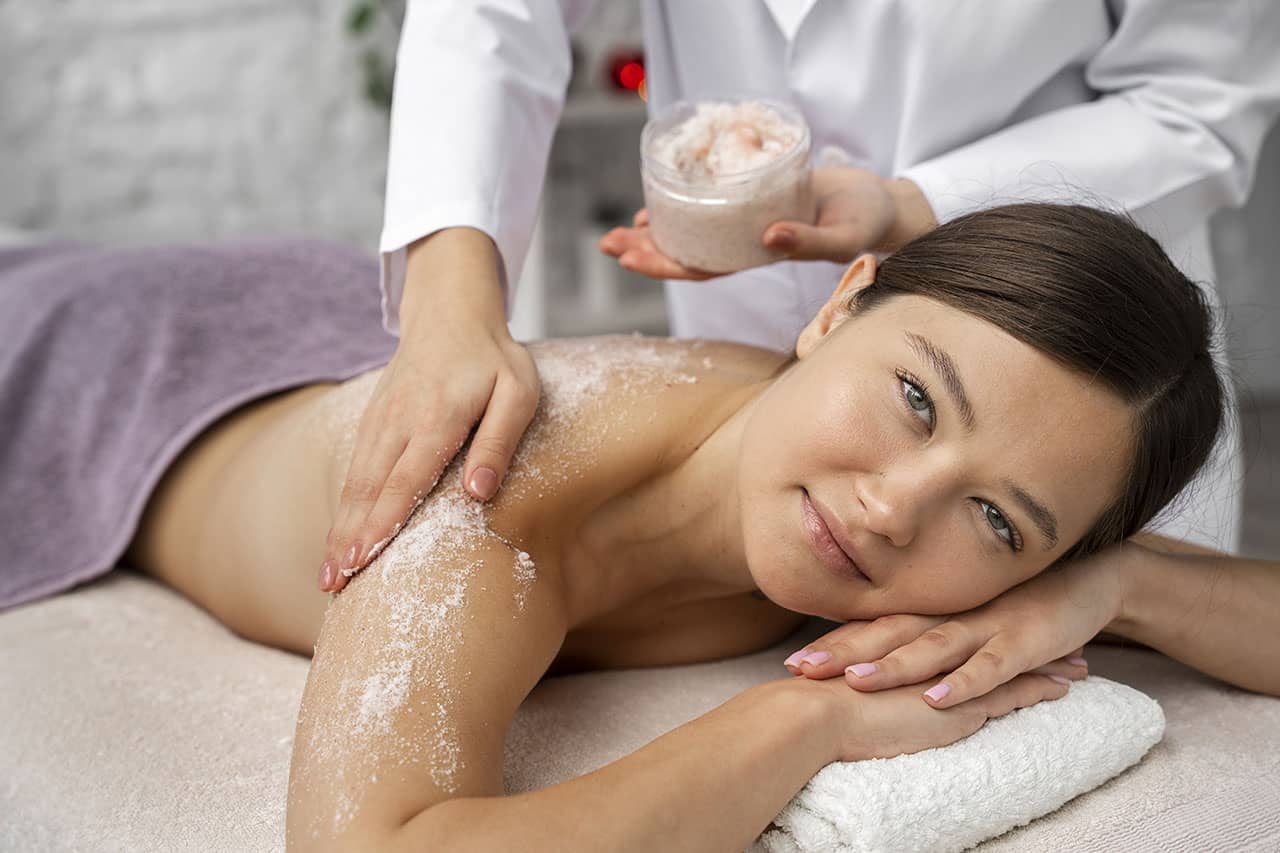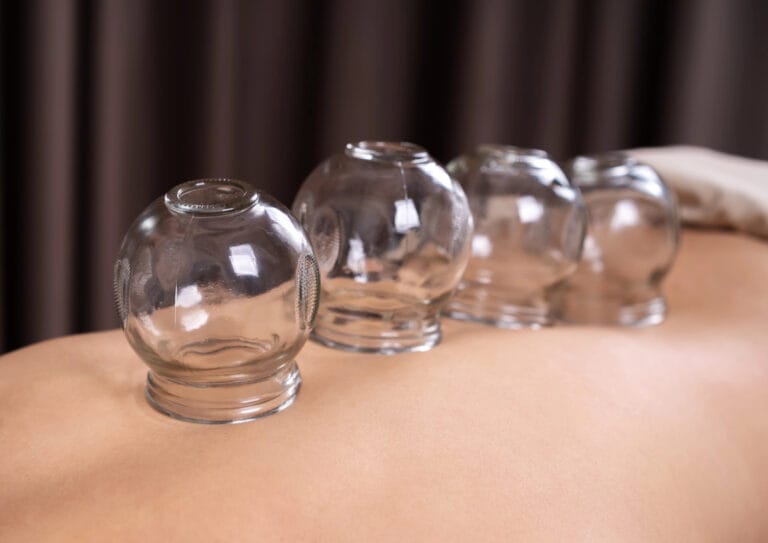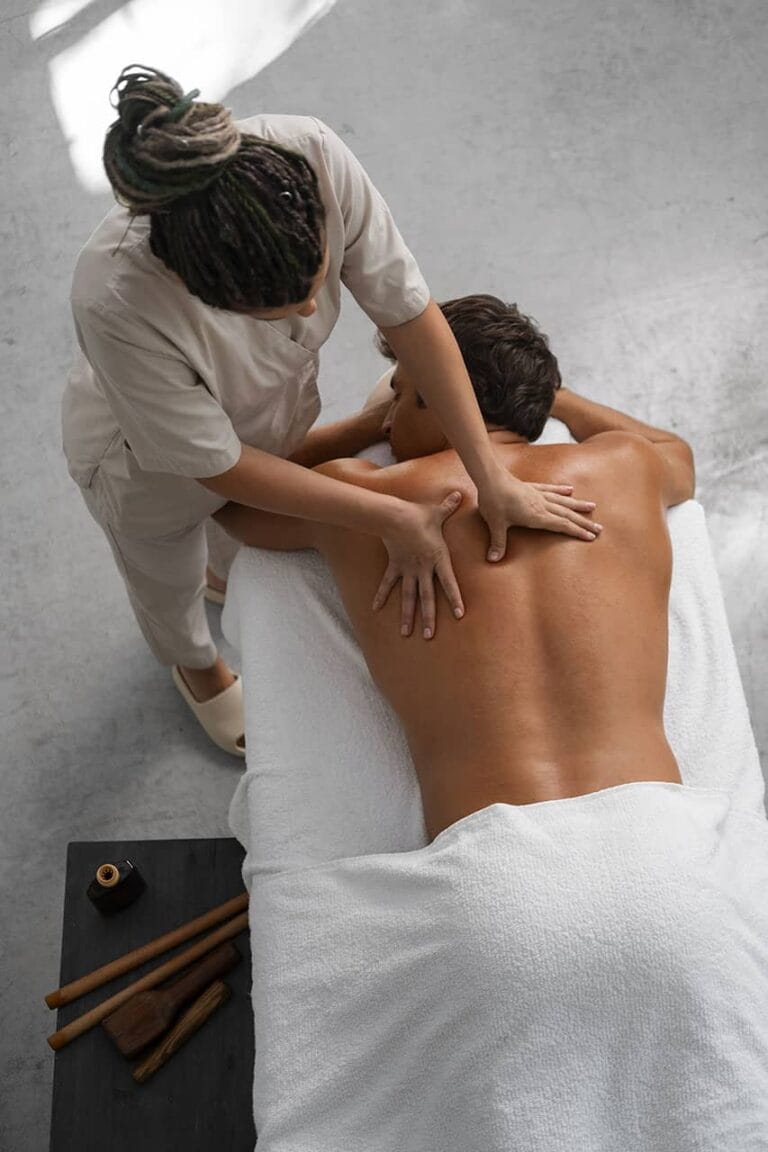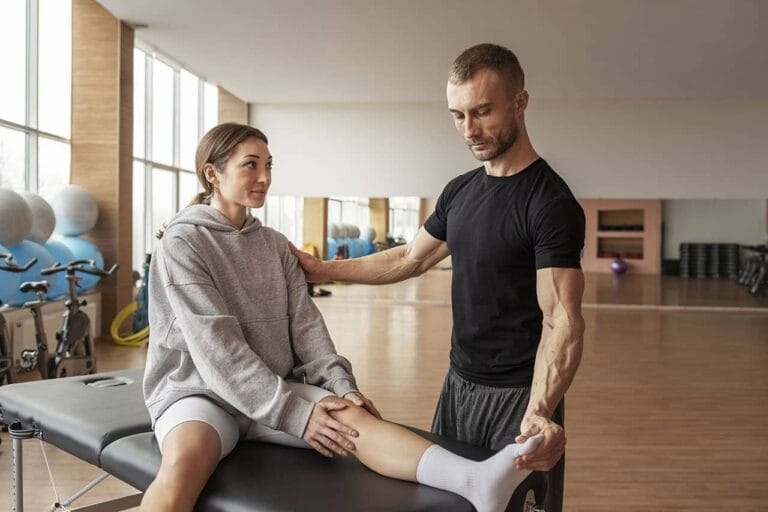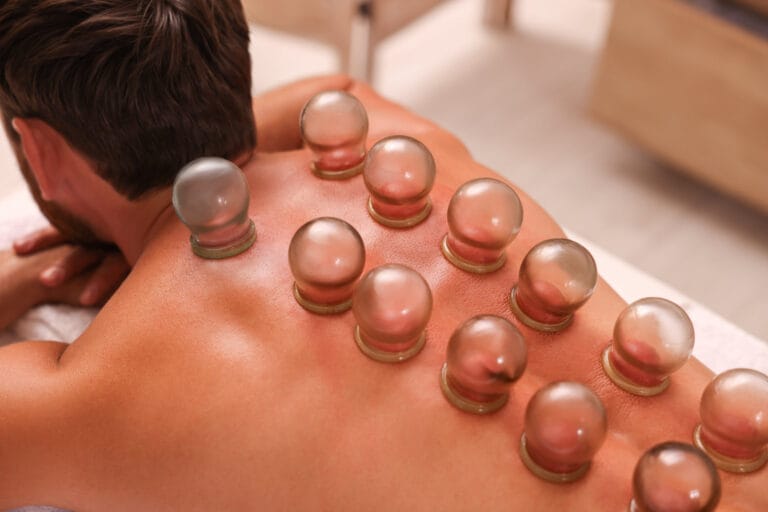The Benefits of Therapeutic Massage for Pain Relief, Explained
Massage therapy is often thought of as a luxury. It’s considered something to do just to relax and have a pleasurable experience.
That said, massage is often used as an option for pain relief or aid in injury/surgery recovery. There’s a lot of evidence that using massage for pain relief is effective and can help a person ease bodily pain.
We’re going to talk about massage therapy for pain relief today, giving you some insight into the way that it works and how it might be able to benefit you.
Let’s take a look.
Understanding Massage for Pain Relief
First, it’s important to note that massage therapy is a treatment that targets muscles. Other types of pain you experience might not be directly helped by a massage.
Some ailments that are related to difficulties with muscles might be aided by massage, but most treatments are directed toward a specific muscle group. There are a couple of reasons that your muscles might hurt.
Muscle pain treated clinically through massage is distinct from the discomfort you feel after lifting weights or exercising.
First, you could have pulled or strained a muscle as you exerted it a little too hard. Another underlying cause of muscular pain is overuse ie on the job. Sitting too much also causes imbalances which can lead to pain. These muscular strains can be aided by massage therapy as we use a variety of techniques to tackle the problem.
When most of us need a massage, it’s because we’re in search of general relief from some kind of bodily pain.
Why Does Your Back Hurt, Anyway?
It seems like a very simple thing, but doctors aren’t all sure about the causes or function of “muscle knots.” You know, those little ridges that cause trouble when you’re rubbing someone’s back. These knots are also known as trigger points.These trigger points can be the source of the kind of back pain that’s hard to treat. This is because muscle knots, simple as they may seem, aren’t fully understood. One theory is that those muscles end up with too much of the chemical that makes them constrict. You might find one of these little trigger points within your own reach and try to work them out yourself but it’s hard to apply enough pressure on one’s own.
That chemical builds up in those areas, tightens the muscle, and makes a little ripple in what should be a smooth piece of tissue. When this happens, the blood is constricted along with nerve function in that area, and that leads to a general sense of discomfort.
We find that these knots show up when we don’t have the correct posture or have to situate ourselves in uncomfortable positions for long periods of time. Sitting in the car, for example, might cause you to develop a knot or two.
How Massage Helps
Whether or not we fully understand how those knots form, we know from experience that massage is an effective way of treating them.
Seeking out a therapeutic massage for pain relief will have you feeling relaxed and loose after you leave. You might feel a little bit of pain or tenderness at any site that had therapeutic work done on it for a day or so after the massage, but most people walk out the door feeling like a new person.
This happens through a number of processes. First, massage therapy works to increase blood flow your affected area. The more time spent on a particular area, the more blood is sent to that area.
Considering that constricted blood flow is one of the issues in muscle knots, increasing blood flow is an excellent way to replenish those areas. Further, massage, in one way or another, works the excess toxins out of the tight area.
Muscles are also relaxed throughout the thereapeutic massage process and this helps to shed a lot of the tension that you might have felt when you stepped in the door.
Some people think that the toxins are, in fact, released back into the body. Their evidence for this is that one tends to get very thirsty after a massage because their body gets dehydrated after increasing blood flow and flushing out additional waste. It’s always a great idea to drink extra water after a massage.
What to Expect From Massage Therapy
You might hope that all of your muscular problems will be worked out after your first session.
While you’ll feel a lot of relief, it might take a number of massage treatments to fully work out all of the kinks. In many cases, the relief you feel will come back after a day or two.
This happens for a couple of reasons. First, your muscles have adapted to the old holding pattern and will lean back in those directions until we train them otherwise. Second, the muscle restrictions come up as a result of something we do in our lives.
Maybe you sit at a computer with a forward-leaning posture. Maybe you drive for a living or have to lift a lot of heavy weight for your job. These things will contribute to muscle pain.
Until we identify the source of our pain and adjust our behaviour to help our bodies, we won’t find lasting relief. That said, massage therapy definitely helps to work out those issues over and over so you can inch toward total rehabilitation.
A massage doesn’t only target your painful areas, though. A full body massage will address full regions of your body and leave them feeling refreshed. Even relaxation massage has pain relief benefits as it increases circulation and causes the brain to produce ‘feel good’ chemicals. When we benefit one area of the body, many others respond in kind.
So, you’ll feel a general sense of wellness through the body, and noticeable relief in your target area.
Want to Learn More About Methods of Managing Pain?
Massage for pain relief is an excellent place to start managing pain. Real healing comes when you take a comprehensive approach, though. We’re here to help you learn more about how to benefit your muscles and feel better throughout the day.
Contact us to set up an appointment to see what we can do to help you relieve pain and get on with your life.

